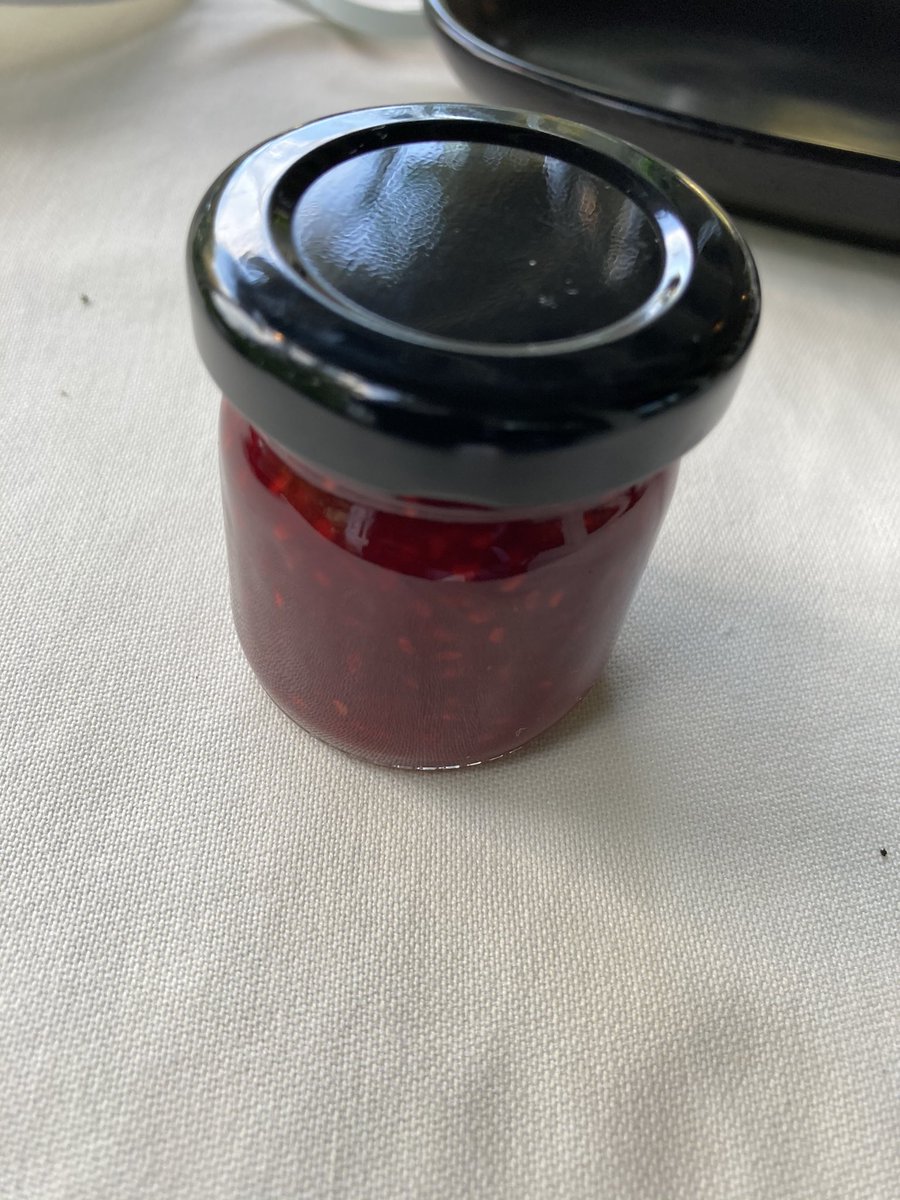1. A Bee’s Knees- gin, lemon, honey, and Angostura.
2. Some kind of fancy tater tot crudités
3. Salsify purée with green olive jelly and shaved leek
4. House bread and butter



2. Some kind of fancy tater tot crudités
3. Salsify purée with green olive jelly and shaved leek
4. House bread and butter




Main courses-
1. Goat cheese and planed beet tart
2. Herb-crusted lamb with Parmesan funnel cake
3. Duck breast with pickled cherries
4. Some sort of coconut foam bullshit pre-dessert- I hate coconut.



1. Goat cheese and planed beet tart
2. Herb-crusted lamb with Parmesan funnel cake
3. Duck breast with pickled cherries
4. Some sort of coconut foam bullshit pre-dessert- I hate coconut.




1. Taylor Fladgate 40 yo Tawny
2. Chocolate soufflé
3. House petit fours
4. Some innovative local jam (?) as a gift



2. Chocolate soufflé
3. House petit fours
4. Some innovative local jam (?) as a gift




• • •
Missing some Tweet in this thread? You can try to
force a refresh











